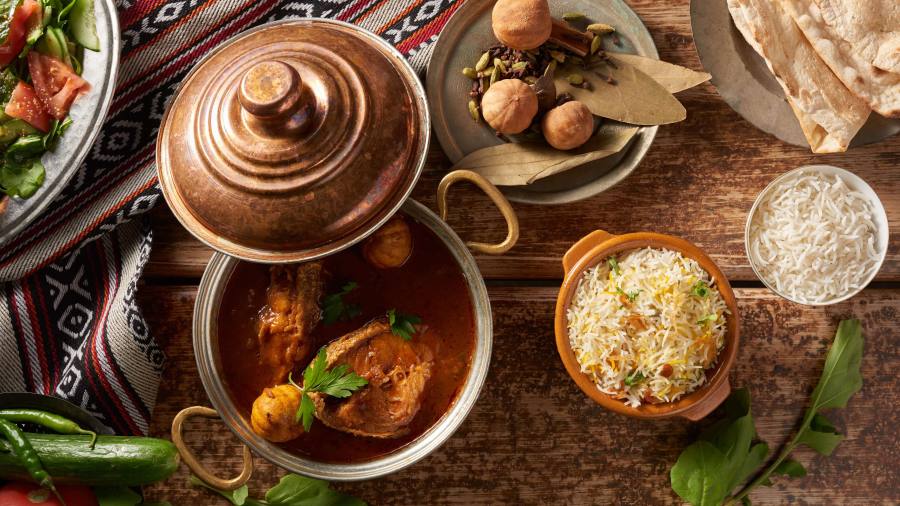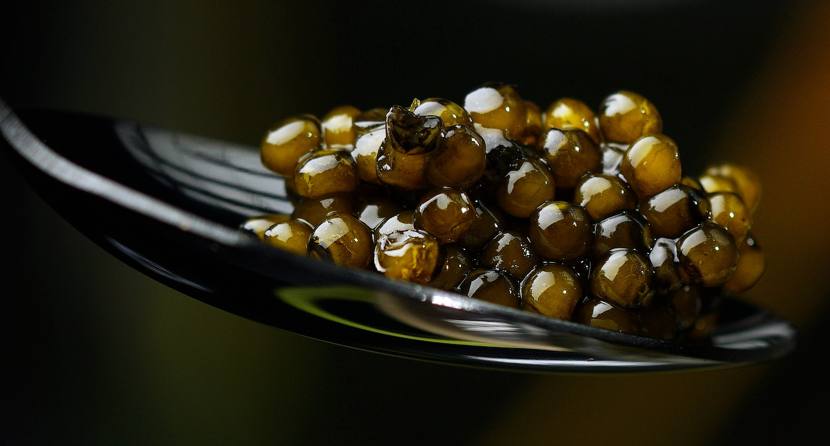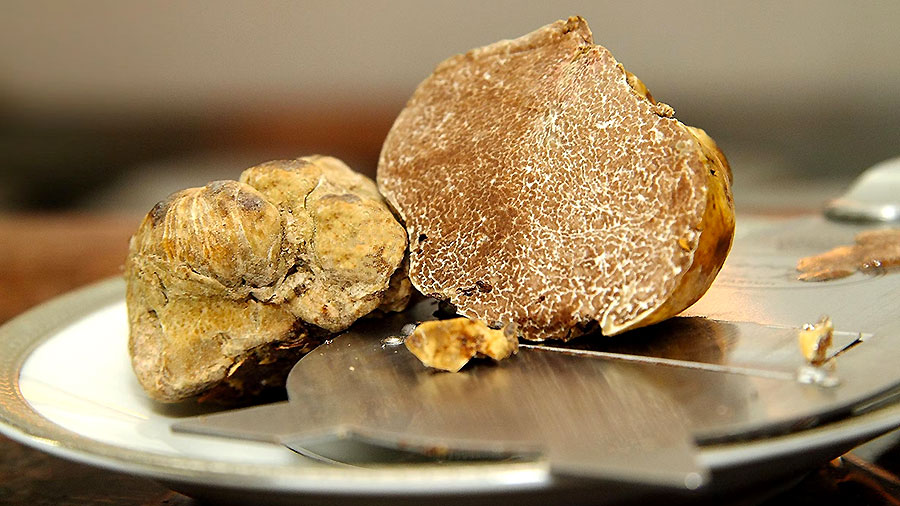Amazing Food
Parmigiano Reggiano
Few foods can claim the prestigious legacy and protected status of Parmigiano Reggiano, often called the "King of Cheeses." This crystalline, umami-rich cheese has graced Italian tables for nearly a millennium, evolving from a humble monastery creation to one of the world's most celebrated dairy products.
Ancient Origins in the Monasteries
The story of Parmigiano Reggiano begins in the Middle Ages, around the 12th century, in the provinces of Parma and Reggio Emilia. Benedictine and Cistercian monks, seeking a way to preserve excess milk, developed a technique to create a hard, long-aging cheese. The region's unique environmental conditions – lush pastures fed by the Po River and a climate perfect for aging – helped create what would become Parmigiano Reggiano.
The Art of Making Parmigiano Reggiano
Today's production follows the same centuries-old traditions, protected by strict DOP (Protected Designation of Origin) regulations. The process begins each morning with fresh, unpasteurized cow's milk from the evening and morning milkings. The milk comes exclusively from cows fed on local grass and hay – no silage or fermented feeds are allowed.
The milk is poured into iconic copper vats, where natural whey starter and rennet begin the transformation. Master cheesemakers break the curds into tiny granules, then heat the mixture while stirring constantly. After settling, the cheese mass is lifted in cheesecloth and placed in round molds, where it will develop its characteristic wheel shape.
Each wheel is then aged for a minimum of 12 months, though some varieties age for 24, 36, or even 40+ months. During aging, wheels are regularly turned, brushed, and inspected. Only those passing strict quality controls earn the distinctive pin-dot marking on their rinds, proving their authenticity as true Parmigiano Reggiano.
From Young to Extra-Aged: Understanding the Varieties
The aging process creates distinct varieties of Parmigiano Reggiano:
- 12-18 months: Delicate and fresh, with notes of milk and grass
- 24 months: The "classic" age, with perfect balance of sweet and savory
- 36 months: Complex and concentrated, with pronounced crystallization
- 40+ months: Intensely rich, with deep umami and crunchy protein crystals
Classic Italian Dishes
Parmigiano Reggiano stars in countless Italian classics:
In risotto alla parmigiana, it's both incorporated during cooking and showered on top, creating layers of flavor. For the perfect cacio e pepe, aged Parmigiano is often combined with Pecorino Romano to create a complex sauce. And no plate of traditional veal or chicken Parmesan would be complete without a generous coating of freshly grated Parmigiano Reggiano.
Beyond Grating: Creative Uses in the Kitchen
While commonly known as a grating cheese, Parmigiano Reggiano's versatility extends far beyond:
Create elegant appetizers by serving thin shards with aged balsamic vinegar and fresh pears. Add the rinds to simmering soups or stocks for incredible depth of flavor. Younger Parmigiano can be cut into chunks for cheese boards, while aged varieties make spectacular flavor bombs when grated over roasted vegetables or scattered in salads.
For home cooks, here are some pro tips:
- Always buy pieces cut to order rather than pre-grated
- Store wrapped in parchment paper, then loosely in plastic wrap
- Bring to room temperature before serving to maximize flavor
- Save rinds in the freezer for flavoring soups and stocks
- Grate only what you need, as freshly grated cheese has superior flavor and aroma
The Future of Tradition
Today, Parmigiano Reggiano faces both challenges and opportunities. While traditional production methods remain sacred, producers are innovating in areas like sustainable farming practices and extended aging programs. Special selections, like "Vacche Rosse" made from rare red cow's milk, showcase the ongoing evolution of this ancient cheese.
Whether you're shaving it over pasta, incorporating it into a complex dish, or simply enjoying it with a glass of aged Balsamico, Parmigiano Reggiano remains a testament to the enduring power of traditional food craftsmanship. It's not just a cheese – it's a piece of living food history that continues to captivate palates worldwide.



















 Gastronomy Cities
Gastronomy Cities
 Amazing Food
Amazing Food
 Chef's Talk
Chef's Talk